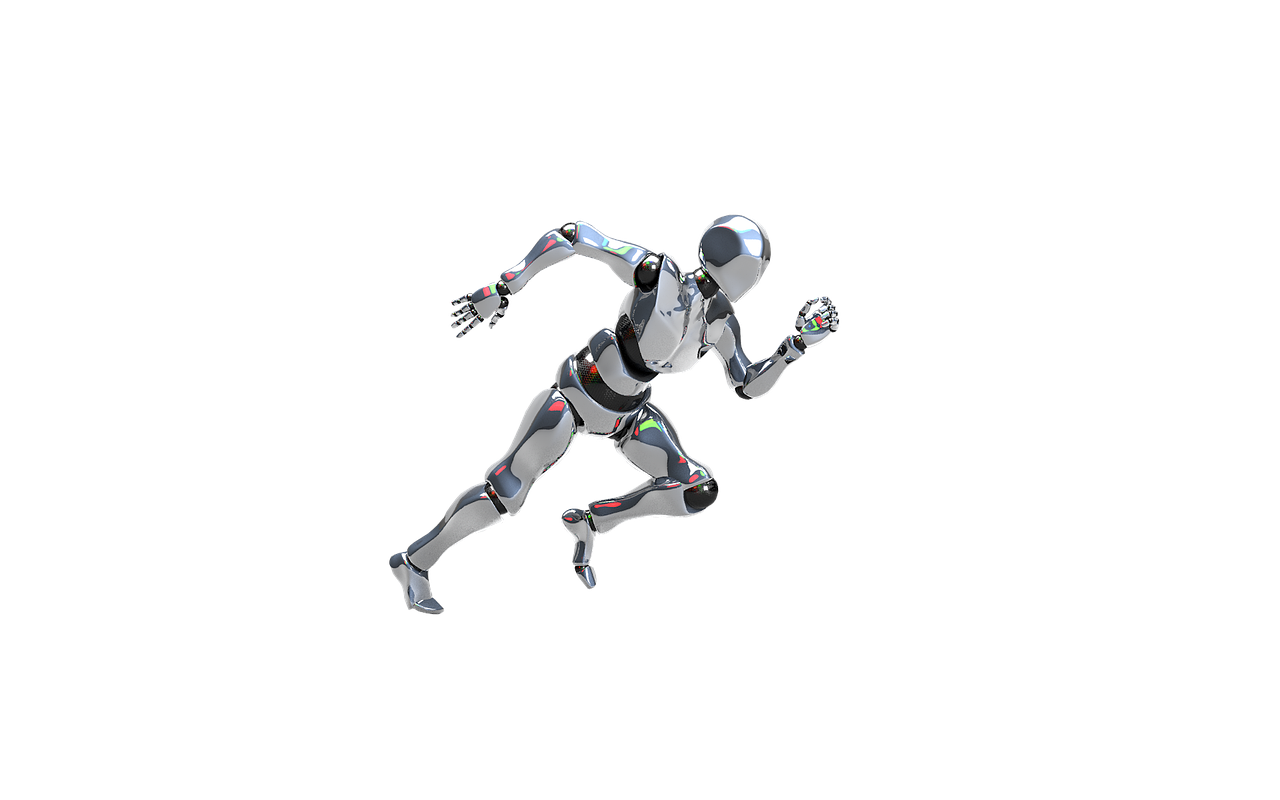The Role of Artificial Intelligence in Advancing Autonomous Vehicle Technology

Brief news summary
Artificial intelligence (AI) plays a vital role in the development of autonomous vehicles by processing real-time data from sensors such as cameras, radar, and lidar to ensure safe and efficient navigation. AI improves object detection and behavior prediction, which reduces accidents, enhances traffic flow, and increases accessibility. Despite significant progress, challenges remain in guaranteeing safety under unpredictable conditions like adverse weather and unexpected driver actions. Ethical concerns regarding AI decision-making in critical situations continue to spark debate among developers, ethicists, and policymakers. Building public trust through transparency, rigorous testing, and pilot programs is crucial for widespread acceptance. Advances in sensor fusion and deep learning strengthen vehicle perception and decision-making capabilities. Successful deployment demands interdisciplinary collaboration among engineers, legal experts, psychologists, and ethicists to address technical, ethical, and societal challenges. While AI-powered autonomous vehicles hold transformative promise, overcoming these obstacles is essential for their integration into everyday transportation.Artificial intelligence (AI) is central to the rapidly advancing autonomous vehicle industry, driving major changes in how vehicles function and interact with their environment. AI enables self-driving cars to process vast sensor data in real time, allowing safe and efficient navigation. This integration marks a significant milestone in transportation, potentially reducing accidents, improving traffic flow, and increasing accessibility for those unable to drive. Significant progress has been made recently, with companies and research institutions worldwide heavily investing in AI models that mimic human cognition. These algorithms analyze inputs from cameras, radar, lidar, and other sensors to identify objects, predict other road users' behavior, and select optimal driving paths. Despite these advancements, major challenges remain before widespread adoption is feasible. A key concern is ensuring AI safety and reliability under varied, unpredictable driving conditions. Unlike controlled settings, real roads are dynamic with scenarios like bad weather, sudden obstacles, and erratic drivers. AI must be robust and adaptable to handle such complexity. Research focuses on improving machine learning so vehicles can react to immediate changes and anticipate hazards ahead. Ethical issues also pose significant hurdles. Critical questions arise about AI decision-making in unavoidable accident scenarios and the moral frameworks guiding such choices.
Developers, ethicists, and policymakers are actively working to establish guidelines that balance technological capabilities with societal values, ensuring fairness and transparency in autonomous vehicle operations. Building public trust is equally vital. Many consumers remain skeptical about AI-driven vehicles due to media-highlighted incidents involving failures. To address this, manufacturers emphasize transparency, rigorous testing, and clear communication about AI capabilities and limits. Pilot programs and controlled deployments help demonstrate reliability while gathering real-world data. Research continues to enhance AI algorithms for complex scenarios, including crowded urban environments with pedestrians, cyclists, and intricate traffic. Innovations in sensor fusion—combining multiple data sources—improve situational awareness, while advances in deep learning and neural networks support more sophisticated pattern recognition and decision-making. Developing autonomous vehicles is a multidisciplinary effort involving engineering, computer science, psychology, law, and ethics. Collaboration among industry, regulators, and academia is crucial to create frameworks supporting safe integration into existing transportation systems. In conclusion, AI underpins autonomous vehicle technology, enabling breakthrough autonomy. Despite notable progress, ongoing challenges in safety, ethics, and public perception drive continued research and development. As AI grows more advanced and dependable, autonomous vehicles are set to transform transportation by enhancing safety, efficiency, and accessibility. Moving forward requires sustained innovation, thorough testing, and commitment to addressing complex ethical and social implications of this transformative technology.
Watch video about
The Role of Artificial Intelligence in Advancing Autonomous Vehicle Technology
Try our premium solution and start getting clients — at no cost to you

I'm your Content Creator.
Let’s make a post or video and publish it on any social media — ready?
Hot news

15 Ways Sales Has Changed This Year in the Age of…
Over the last 18 months, Team SaaStr has immersed itself in AI and sales, with a major acceleration starting June 2025.

OpenAI's GPT-5: What We Know So Far
OpenAI is gearing up to launch GPT-5, the next major advancement in its series of large language models, with the release expected in early 2026.

AI in SEO: Transforming Content Creation and Opti…
Artificial intelligence (AI) is swiftly reshaping the field of content creation and optimization within search engine optimization (SEO).

AI Video Conferencing Solutions Improve Remote Wo…
The shift to remote work has highlighted the crucial need for effective communication tools, leading to the rise of AI-powered video conferencing solutions that enable seamless collaboration across distances.

AI In Medicine Market Size, Share, Growth | CAGR …
Overview The Global AI in Medicine Market is forecasted to reach approximately USD 156

Google's Danny Sullivan & John Mueller On SEO For…
John Mueller from Google hosted Danny Sullivan, also from Google, on the Search Off the Record podcast to discuss "Thoughts on SEO & SEO for AI

Lexus takes generative AI for a spin in new holid…
Dive Brief: Lexus has launched a holiday marketing campaign created using generative artificial intelligence, according to a press release
AI Company
Launch your AI-powered team to automate Marketing, Sales & Growth

and get clients on autopilot — from social media and search engines. No ads needed
Begin getting your first leads today








